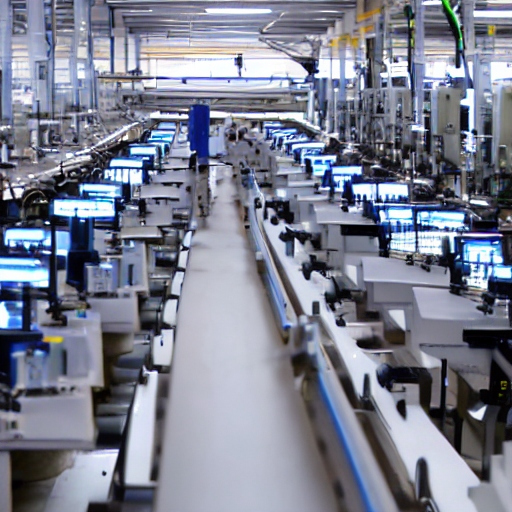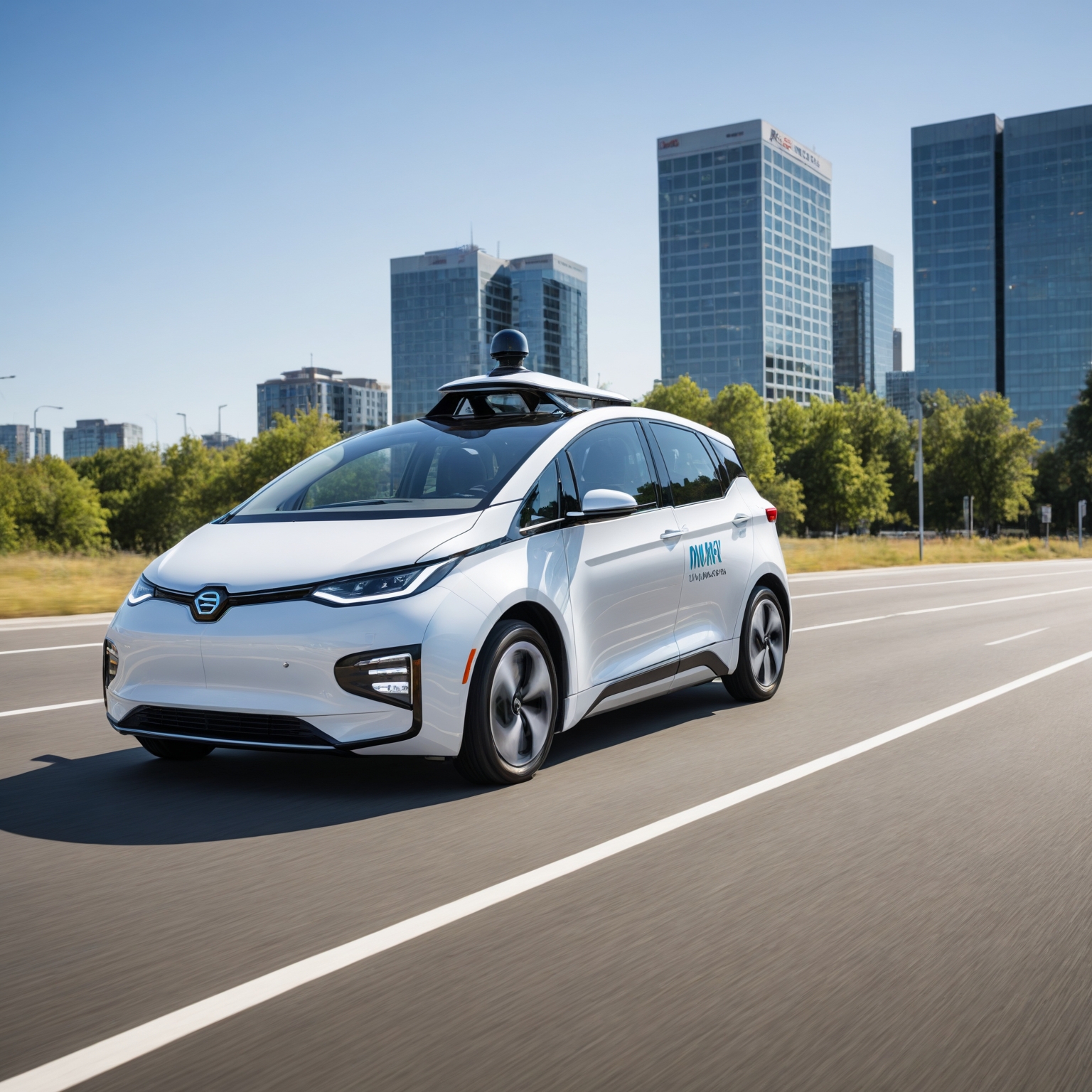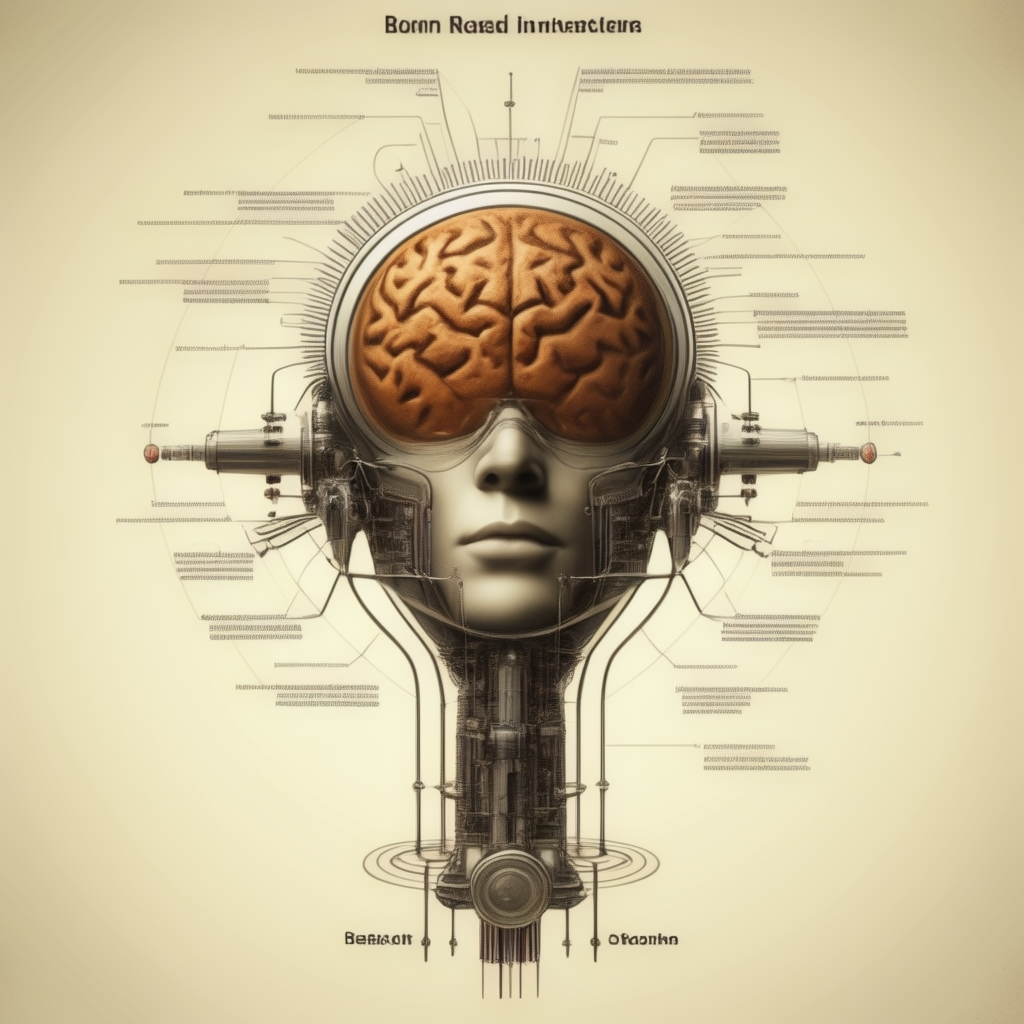Introduction: Automation, the buzzword of the digital age, has woven itself into the fabric of our daily lives and industries. From self-checkout kiosks to robotic assembly lines, its influence is pervasive. As we embrace the efficiency and precision that  promises, it’s crucial to examine the nuanced impact it has on the workforce.
promises, it’s crucial to examine the nuanced impact it has on the workforce.
The Upside:
- Increased Efficiency: Automation streamlines repetitive tasks, allowing for quicker and more accurate results. This efficiency can lead to cost savings and improved productivity for businesses.
- Enhanced Safety: Dangerous or labor-intensive jobs can be delegated to machines, reducing the risk to human workers. This promotes a safer work environment and minimizes workplace accidents.
- Innovation and Creativity: Automation opens up opportunities for humans to focus on more complex, creative, and strategic tasks. Employees can engage in higher-order thinking, problem-solving, and innovation.
- Cost Savings: While the initial investment in automation technology can be substantial, the long-term cost savings in terms of reduced labor costs and increased efficiency can be significant.
- Global Competitiveness: Nations adopting automation often experience increased global competitiveness as they can produce goods and services more efficiently. This can lead to economic growth, job creation in new industries, and improved living standards.
- Flexibility and Adaptability: Automation allows for quick adjustments to changing market demands and production requirements. Businesses can adapt to fluctuations in demand more seamlessly, contributing to overall resilience.
The Downside:
- Job Displacement: As machines take over routine tasks, certain jobs become obsolete, leading to unemployment in specific sectors. The challenge is to find ways to retrain and redeploy displaced workers in emerging industries.
- Skill Shift: The nature of work is evolving, requiring workers to adapt and acquire new skills to remain relevant in an automated landscape. Investing in continuous education and upskilling programs is crucial to bridge the skills gap.
- Income Inequality: Automation can exacerbate income disparities, as those with the skills to design, operate, and maintain automated systems may thrive while others struggle. Policies should be implemented to ensure that the benefits of automation are distributed more equitably.
- Digital Divide: There is a risk that certain demographics or regions may be left behind in the automation revolution, creating a digital divide. Addressing this requires targeted policies to ensure equal access to education and opportunities.
Navigating the Challenges:
- Education and Training: Investing in education and training programs is essential to equip the workforce with the skills needed in an automated world. Collaboration between educational institutions and industries can ensure that curricula align with evolving job requirements.
- Collaboration Between Humans and Machines: Promoting a collaborative approach where humans and machines complement each other’s strengths can lead to more successful integration. Human oversight is crucial for ethical considerations and decision-making in critical situations.
- Social Safety Nets: Governments and businesses need to implement policies that safeguard workers facing displacement, ensuring a smooth transition and support for retraining. Social safety nets, such as unemployment benefits and job placement services, can provide a safety net during transitional periods.
The Road Ahead:
- Ethical Considerations: As automation advances, ethical questions arise. How do we ensure fair practices, prevent bias, and prioritize human well-being in the design and deployment of automated systems? Establishing ethical guidelines and standards for the development and use of automation technologies is imperative.
- Policy Frameworks: Governments and organizations must work together to create policies that balance the benefits of automation with social responsibility, addressing concerns like job displacement and income inequality. Policies should encourage responsible innovation and ensure that the benefits of automation contribute to societal well-being.
- Innovation for Inclusivity: Encouraging innovation that focuses on inclusivity and considers the broader societal impact helps build a future where automation benefits everyone. Collaboration between industry leaders, policymakers, and advocacy groups can promote innovation that prioritizes social and economic inclusivity.
Conclusion: Automation is a double-edged sword, promising increased efficiency and innovation while posing challenges to the workforce. By proactively addressing these challenges through education, collaboration, and ethical considerations, we can shape a future where humans and machines coexist harmoniously, fostering a more productive and equitable society.






